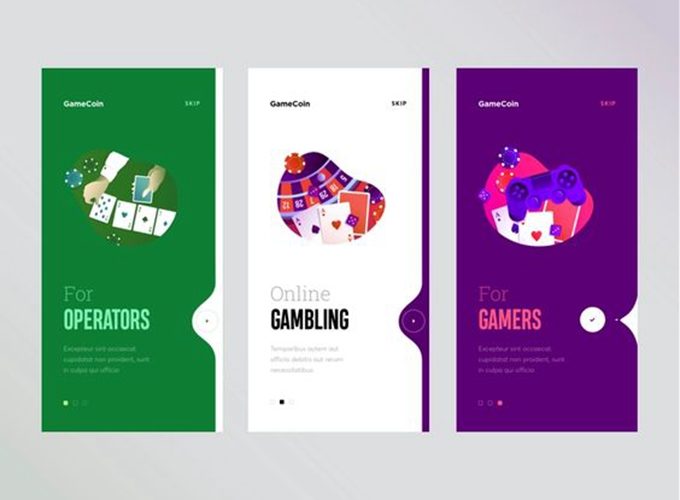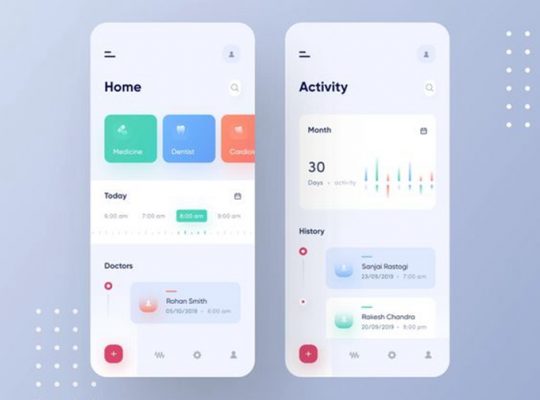People are visible lovers, and we get to know issues higher if we will work together with them. In contrast to different varieties of 2D apps, AR surrounds it with a “wow” issue that may tempt customers to attempt one thing out of curiosity.
Table of Content
With augmented actuality, designers can ship a heightened diploma of consumer expertise, which might in any other case be not possible with only a 2D display screen. Listed below are a few of the methods you may rework a consumer’s journey and expertise utilizing your app with AR.
1. Geo-Focusing on
Just like personalisation, the AR content material of your app can change in keeping with the placement of the customers. The perfect instance of that is the Pokémon GO app. The app makes use of the placement of a consumer to customize the content material it shows.
Equally, entrepreneurs can use AR to focus on customers as nicely. For instance, if a Store affords an AR app to boost their bodily Store expertise, entrepreneurs can utilise the indoor mapping of the shop and place pop-up AR adverts, focused to customers’ pursuits.
2. Lowered Cognitive Load
One other advantage of augmented actuality app improvement is that it lowers the cognitive burden apps place on its customers. For instance, utilizing the HoloLens from Microsoft, customers don’t have to regulate the scale of their designs manually. As an alternative, they will use their fingers to tweak the sizes.
By way of the consumer expertise, cognitive load refers back to the quantity of psychological sources a consumer must enter to make use of an app or a system. App developed with augmented actuality will considerably scale back the cognitive load on customers as it’s nearly like interacting with real-world objects.
One of the vital notable examples of how AR might help customers is the interpretation provided by Google Lens. Customers can level their smartphone to texts they need to translate, and the app will superimpose the translated textual content onto the picture.
Lesser cognitive load means customers don’t need to know a lot about an app to make use of it. For builders, this is a wonderful alternative to optimise their onboarding campaigns and enhance their app’s engagement charges because the consumer interface is simplified.
3. Lowered Interplay Price
Interplay value refers back to the effort and time spent by customers to carry out a process. As an illustration, if a consumer desires to seek for photographs of the SUV “Lincoln MKX”, they need to open their browser, kind within the search phrases and press enter. Whereas the very manoeuvre will take only some seconds, for complicated duties, the time consumed shall be increased.
With augmented actuality apps, customers solely want to speculate the least quantity of effort and time as they will instantly work together with elements, similar to real-life objects.
4. Contextual Enter
Identical to how the Google Lens interprets signal boards with picture recognition, and the Snapchat filters alter primarily based on facial recognition, AR apps interpret contextual inputs from the actual world and robotically convert them into actionable digital data. This makes it simpler for customers to instantly present knowledge to apps, as an alternative of explaining it to them.
5. High quality of Content material Issues
Whether or not you propose to incorporate AR within the app or not, the standard of content material matter. When you don’t make investments the correct amount of sources and energy into augmented actuality app improvement, the outcomes shall be counterproductive.
For instance, if the AR content material you embody has rendering points even in high-end gadgets, your app’s performance, as an entire, shall be perceived as mediocre by customers. A stuttering app shall be uninstalled by customers, even earlier than it.






